Geography
Hamartography
Historiography
Sockography
Lexicography
–graphies
Photography
Mythography
Prosopography
Topography
–graphies
Artist Talks: January 30th, 2025, 3:30–5pm ET, Zoom Link
Reception: January 30th, 2025, 5p–6pm ET
Reception: January 30th, 2025, 5p–6pm ET
—graphies is a repository of nine studies in context and connection. Leveraging a range of media, each artist records and represents their personal —graphy, exposing a memory, observation, or daily experience that calls for a closer look.
Critical exploration of old monuments meets the analysis of a new mom’s wardrobe. A study of family names parallels unanswered questions about the meaning of home. Moon-like rock sculptures find new context alongside documentation of the fight to preserve a community garden, and abstracted landscapes contrast patterned knits.
–on view
Photography—
the recording of ephemeral moments in time with a camera on light-sensitive film; drawing with light.

James Barkley
Calm in the storm
Public green spaces in New York City are a rare and precious commodity, which is why the community’s outrage over the impending destruction of Elizabeth Street Garden for a new housing development is so profound. Despite alternative sites being suggested for the project, Mayor Adams remains resolute in his decision to proceed. This photographic series seeks to preserve and map the fleeting moments and memories of this cherished space before it is irrevocably lost. By framing the images as if they were part of a verdant wall, the work aims to offer the viewer a similar sensation of being engulfed in the garden’s lush and calming greenery.
Sockography—
meditations on a sock.
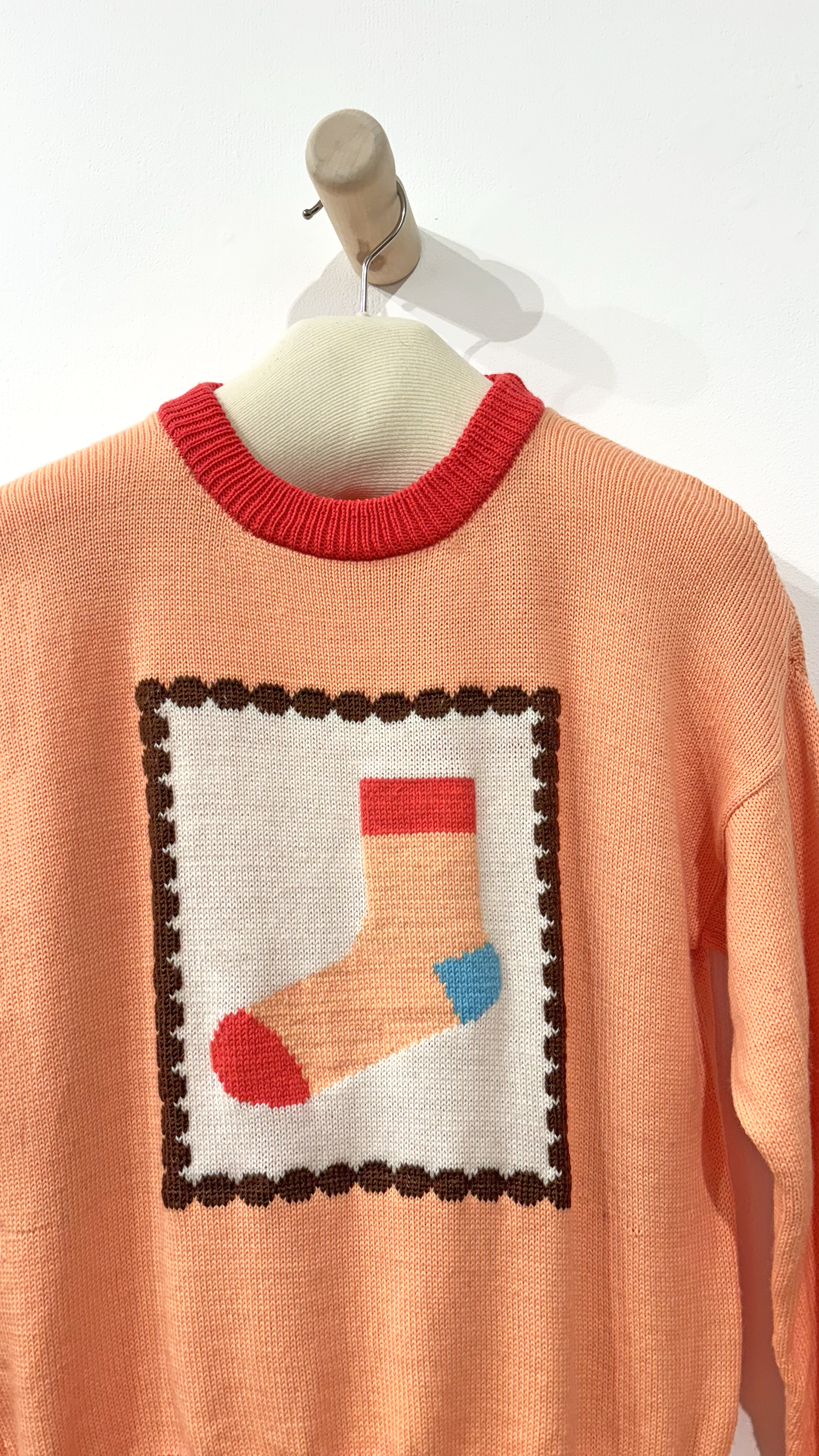
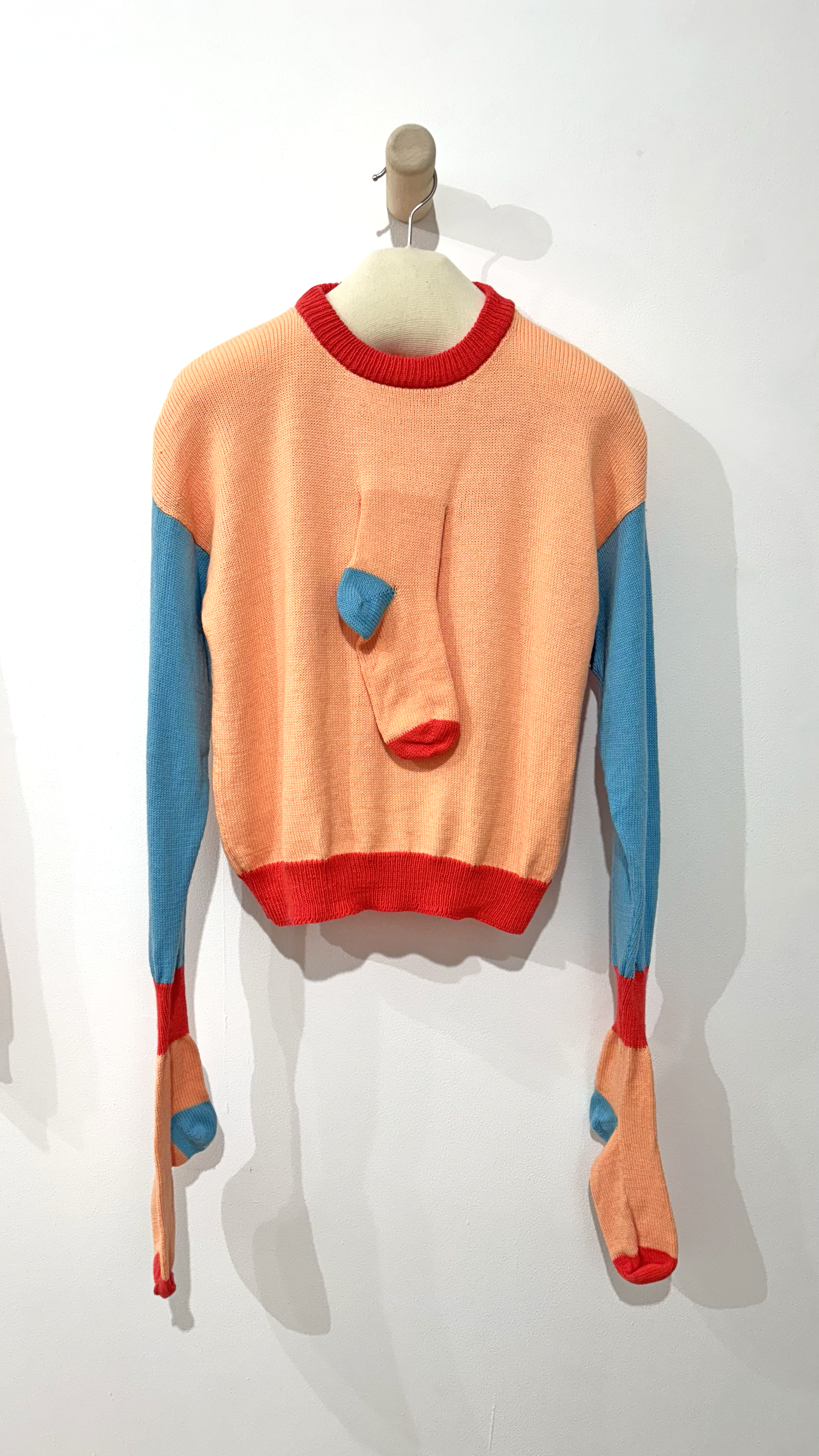
Sarah Cadigan-Fried
One Sock
Can recontextualizing an often-overlooked, handmade object force one to consider the line between crafty and crafted? Art and design? Mundane and absurd? What good is one sock anyway?
Topography—
the arrangement of the natural and artificial physical features of an area.

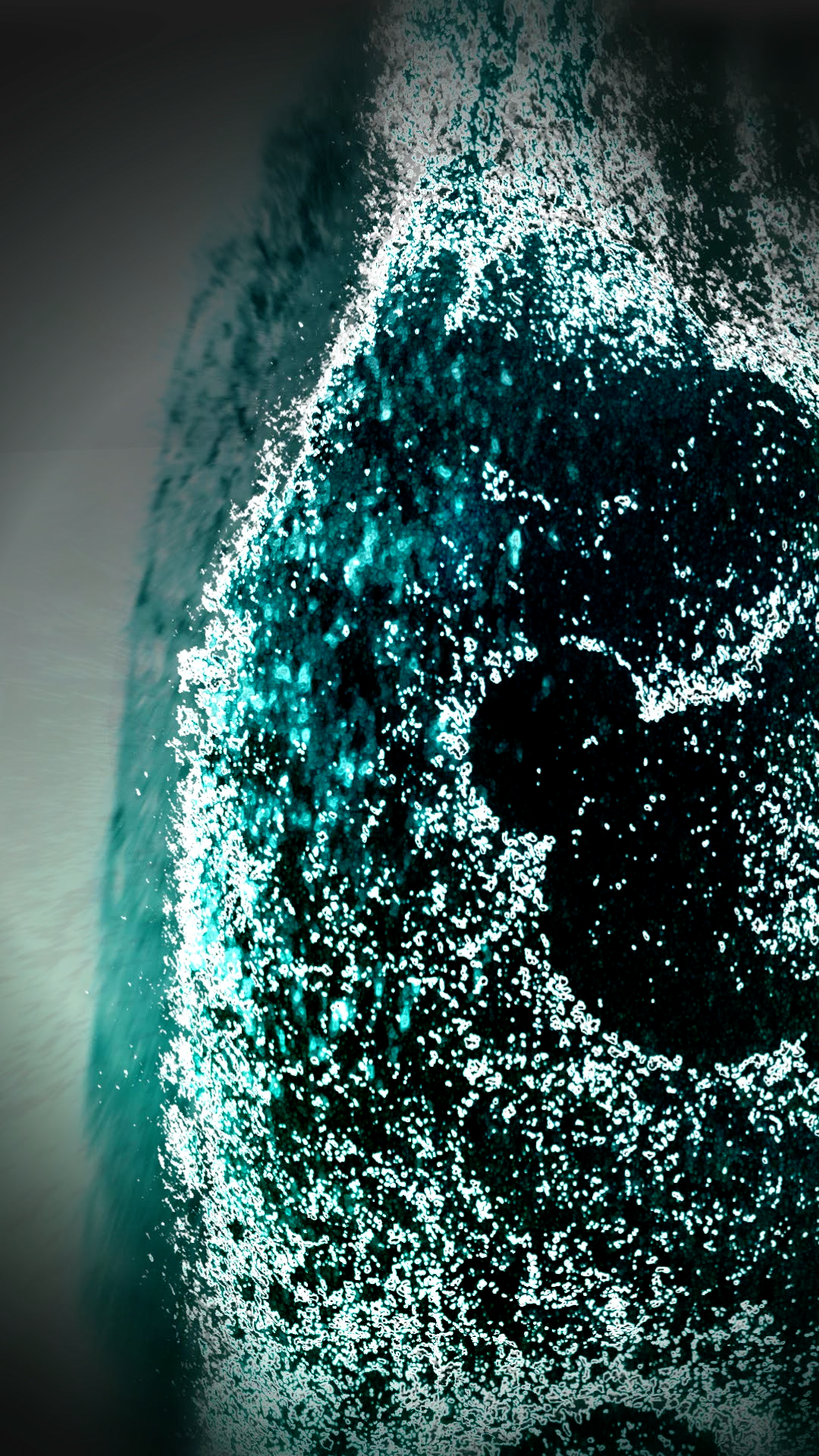
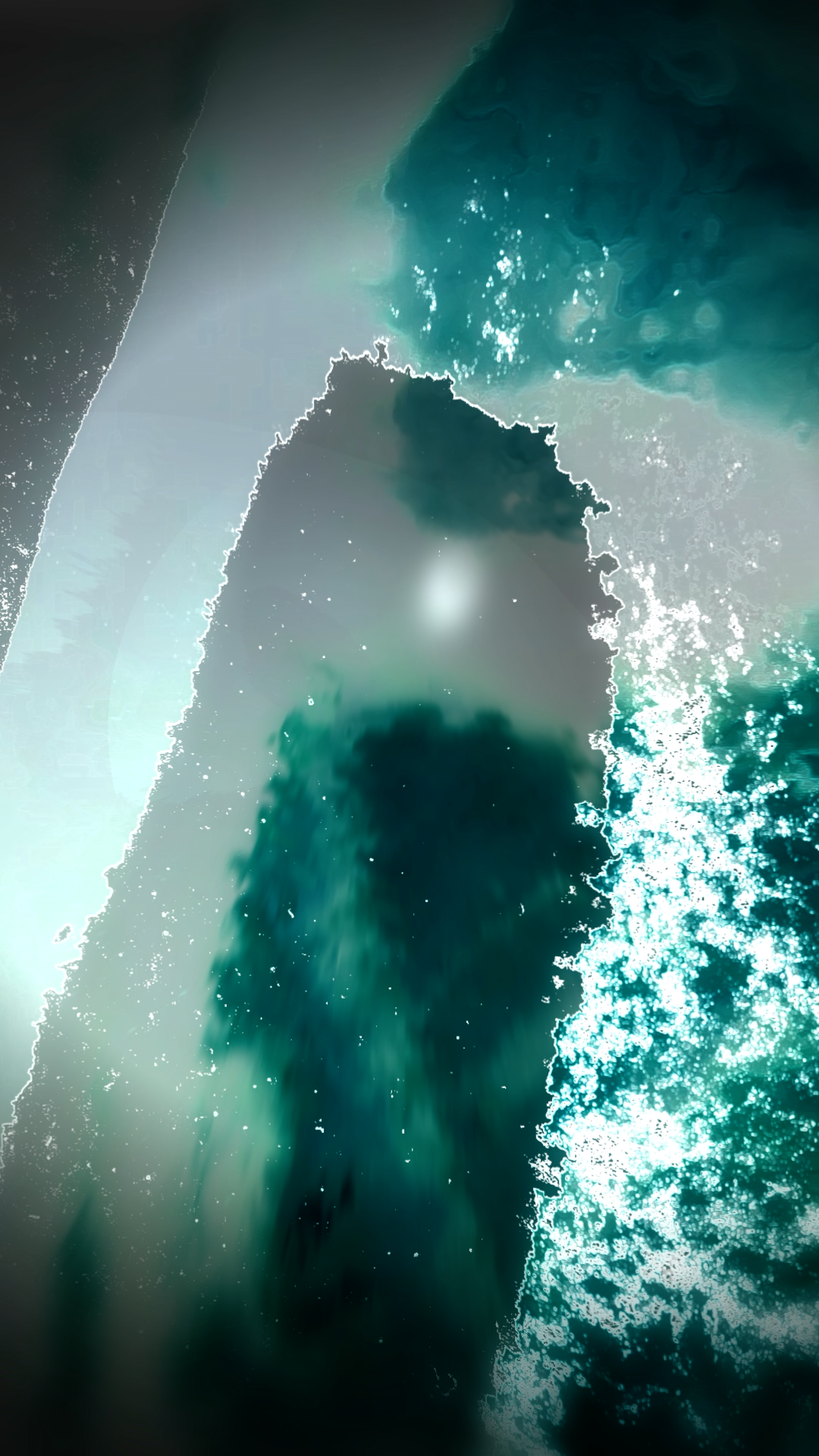


Massimiliano Cerioni
Inner Landscape
Inner Landscape is an audiovisual work part of an eponymous concept album, developed as a set of variations on a piece for piano and electronics. It premiered at SCOPE BLN in Berlin in 2021 during Filipa Tojal’s exhibition, which work was used to generate the visuals. At the premiere, The Artist presented the AV work as follows:
“I used electroacoustic music, photo editing of painting close-ups, machine learning models and generative visuals. At first, I borrowed colors and magnified details from photos of paintings made by Filipa Tojal. Then, I treated these materials as generators of imaginary naturalistic landscapes that morph into each other continuously, creating a flow of green and blue shades juxtaposed with the sharp and shiny outlines of the strokes of the paintings. It is a peaceful visit to an unknown place. It is an auspice, an expression of my genuine curiosity, and a form of escapism from the impossibility of meeting and visiting that we are all subject to the current pandemic. Music is created according to this feeling by following the charming colors streams and turning them into soft melodic patterns and colored textures. The artwork title Inner Landscape is a wordplay on In A Landscape, a meditative piano work of John Cage that inspired the piano part of the piece (In A Landscape is inspired in turn by Erik Satie’s compositions.)”
The piano plays a meditative modal melody in a loop, around which several fragmented and off-beat electronic sounds and percussions develop a constantly changing flow of sound between structure and ornament. The modal pattern changes twice, becoming darker in its second variant and more open in the third one, which partly homages to Nine Inch Nails’ work through a pseudo-Mixolydian set of notes, with occasional drifts occurring due to a deliberate usage of ambiguous dissonances. Inner Landscape Album is released by Elli Records on Bandcamp and every major streaming platform.
Hamartography—
an account of a person or institution as fatally flawed.
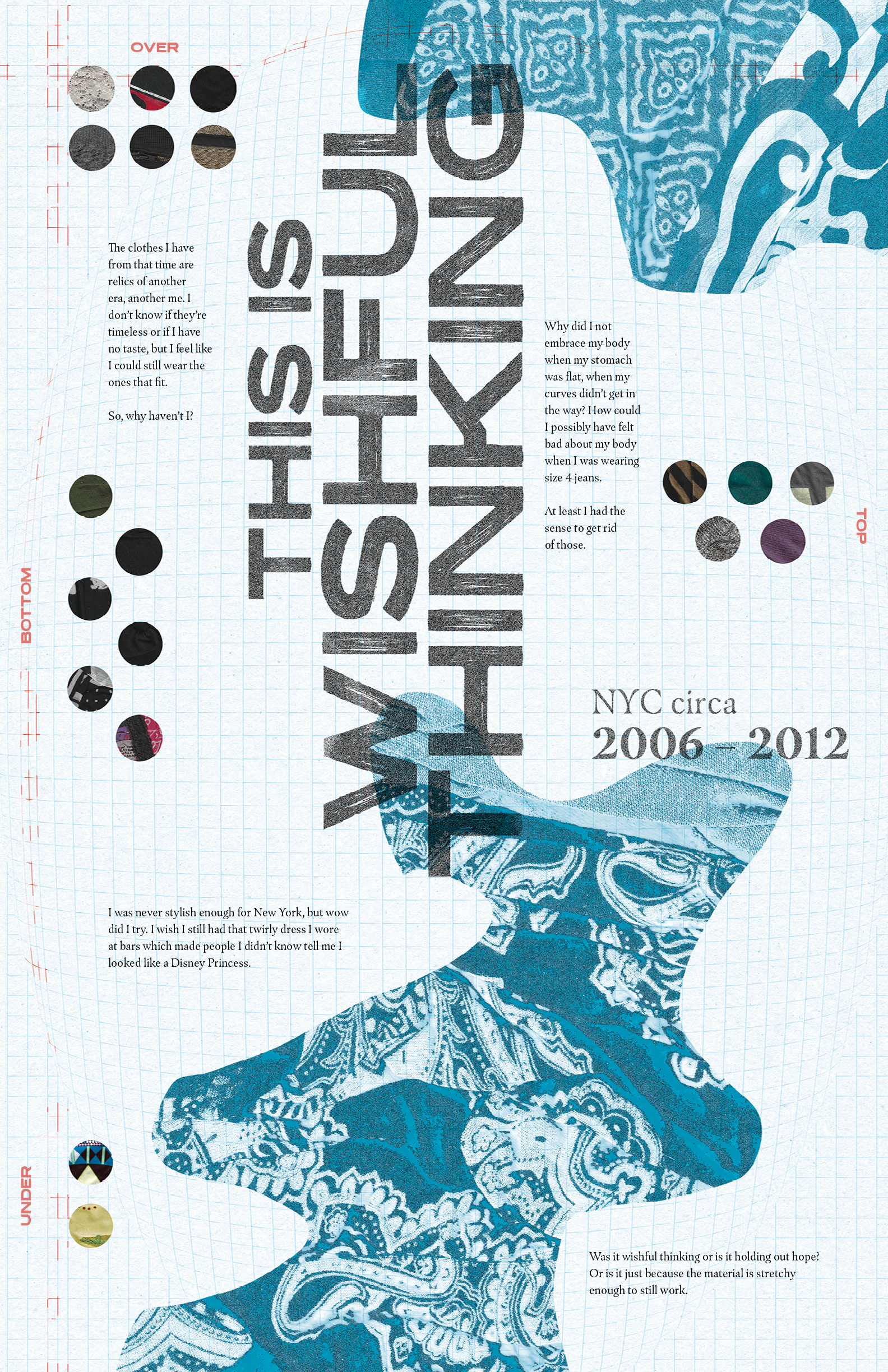


Padmini Chandrasekaran
An Inventory, Dissection, and Roast of the Closet of a 37-year old Mom
A senseless, highly detailed and still somewhat inaccurate archive of all the clothes in my closet takes a nostalgic path down memory lane, rediscovers past favorites, obliterates my self confidence, trudges up shameful body-image issues, and scolds for doing so.
Not only does it tell an ugly story of overconsumption and hyperbolic self-criticism, it also highlights a mom holding on to past lives for too long, and finally trying to let go.
Historiography—
the study of the history-writing.

Joshua Duttweiler
Monuments
Inspired by the writing of George Orwell’s, “Those who control the present, control the past and those who control the past control the future,” this piece, Monuments, delves into the complex interplay of memory, power, and narrative. The work invites reflection on how histories are written, rewritten, and wielded—an ongoing act of control over identity, culture, and progress.
Today there are over 17,000 Official Texas Historical Markers placed throughout the landscape of the state. Texas has the most prolific state historical marker program in the United States with a high proportion of historical markers focused on maintaining the memory of the Confederacy. Each charcoal rubbing captures more than text; it embodies the texture, erosion, and physical presence of the markers, serving as a metaphor for the selective preservation of history. The chosen markers represent not just isolated events but the broader effort to shape collective memory through the physical landscape.
Mythography—
the compilation, description, or analysis of myths.
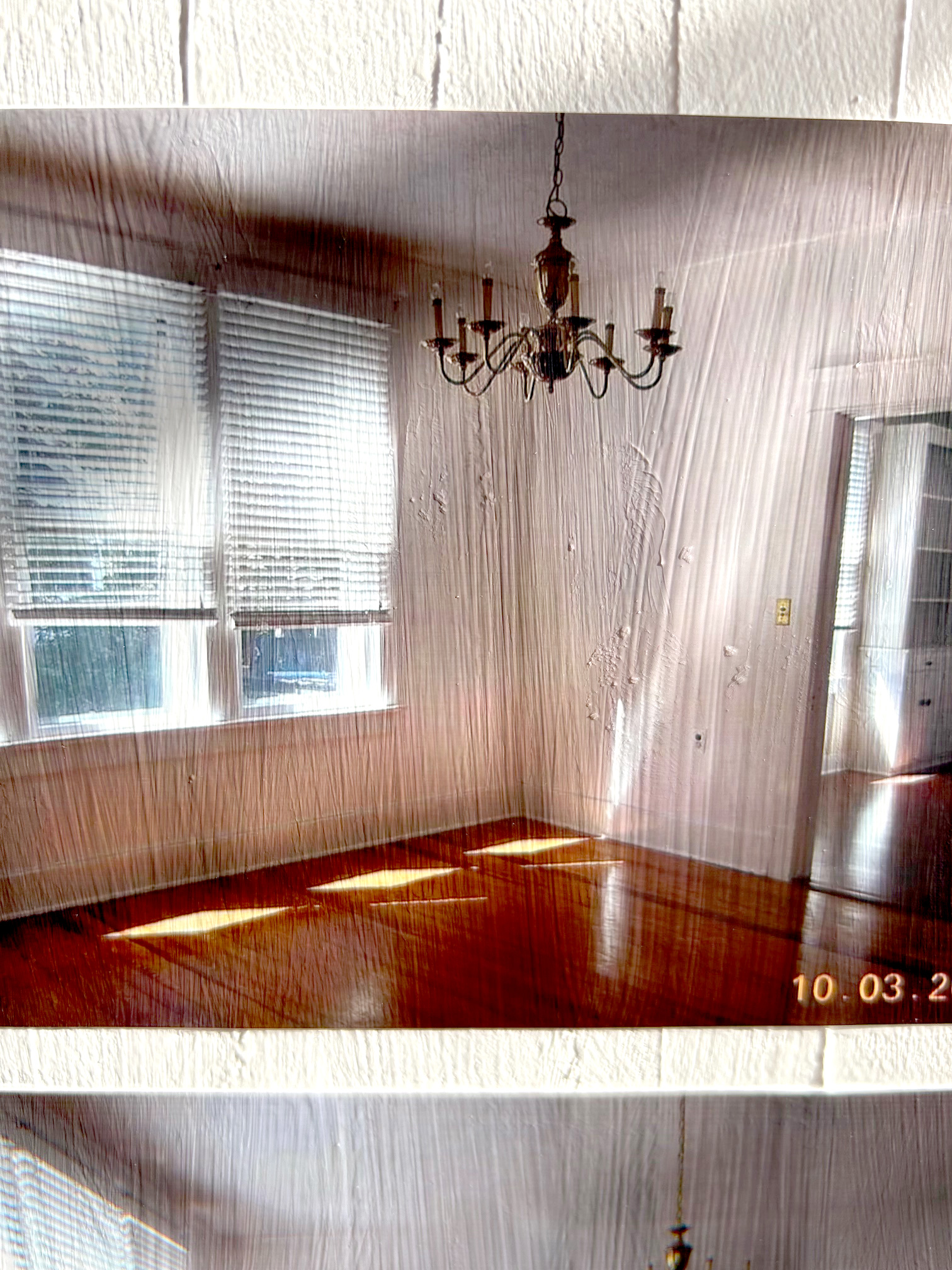
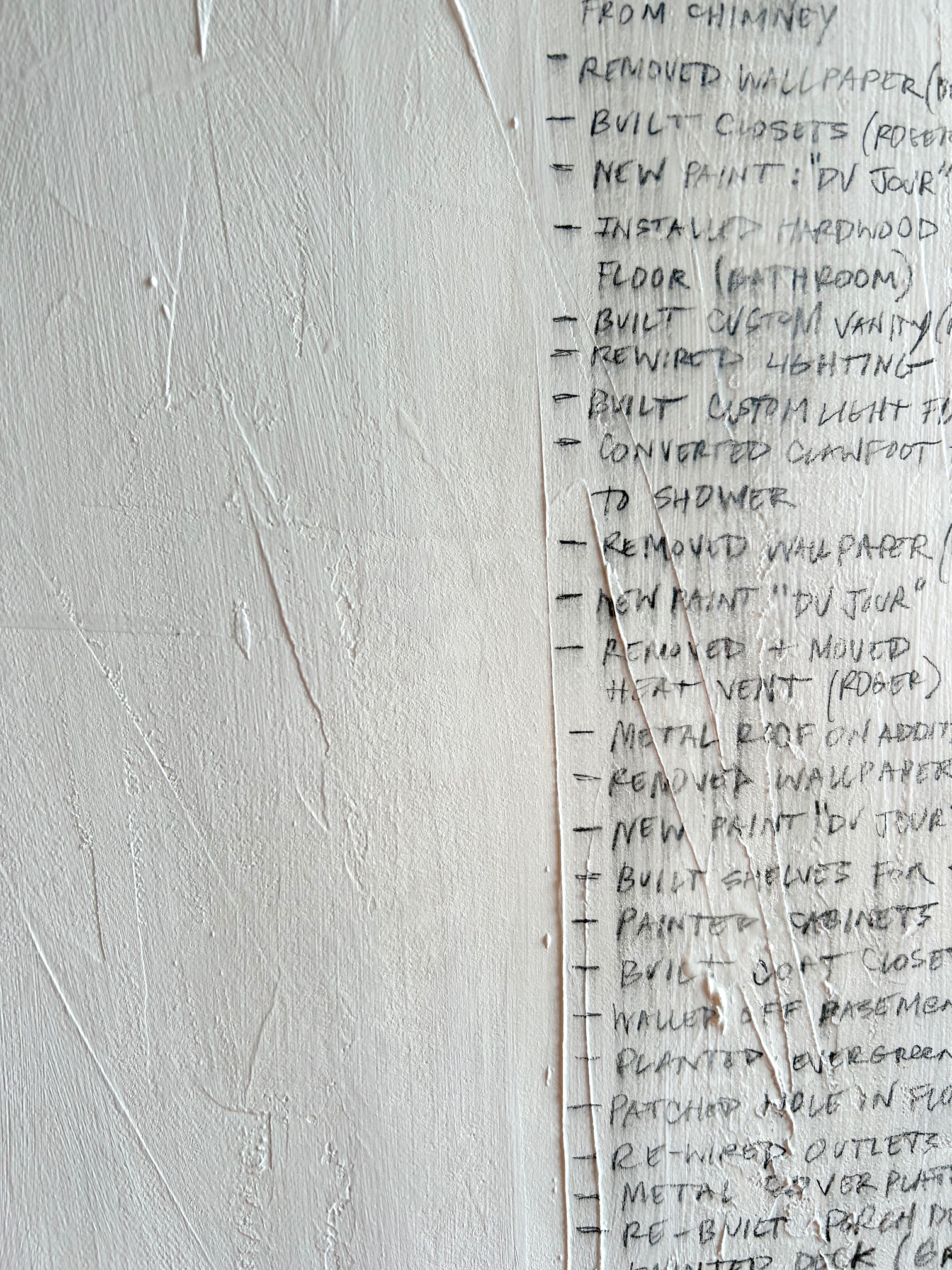

Christopher Field
Reasons For Knocking at an Empty House (After Bill V.)
31 Johnson Ave in Mount Sterling, Kentucky was the first home I ever owned. In 2013, my wife Sarah and I moved to Kentucky for my teaching job and bought the house cheap, a fixer upper in a small town near a small city. Our son was born and we lived there for three and a half years, until Sarah became suddenly ill from bacterial meningitis and died after three and a half months in the hospital. Our son was in preschool in Lexington (the small city) and he and I needed to move there so he would have continuity in his life with that at least (the commute to Lexington, to my school, to Lexington and back would have been untenable). I decided to sell our house. A local realtor came and met with me to go over the details and after a few months, it sold. Sarah and I had done so much work on the house (ourselves, we didn’t have money to hire contractors) and imagined taking lovely, sun-lit photos of the renovated rooms to impress prospective buyers, should we ever move. I never looked at the real estate listing–I told the realtor what I wanted to get for the house and that was that.
Over the years since then, the house has been the backdrop and setting for my memories of our time as a family, as the place the three of us lived together for a short while–the only place we lived. Despite knowing better than to do so, late one night I searched for our old address online and found the Zillow listing. It contained 44 photos taken by the local realtor who sold the house. They were snapshots taken with a digital point and shoot camera–there were even orange dates superimposed on the lower right hand corner of the pictures. Some were taken in July 2013, when Sarah was still alive, and most were taken in October, when she was not. In the realtor’s photos the house is empty, devoid of anything marking us as its owners, save the white walls and occasional intentional use of plywood. The photos are awkwardly framed–sometimes I struggle to identify which room we’re seeing. Viewed as a collection, the photos give a detached view of the empty house, of the space, of the light on those summer and autumn days.. I see my toddler son playing with IKEA trains on the floor, my late wife reclining on our blue sofa. The old listing on Zillow ends with “This Can Be Your Home!!!!”, and it could, or could have been your home in 2013, as much as anything is ownable or knowable or understandable, then, now or ever.
Lexicography—
the art of compiling, writing, and editing dictionaries.
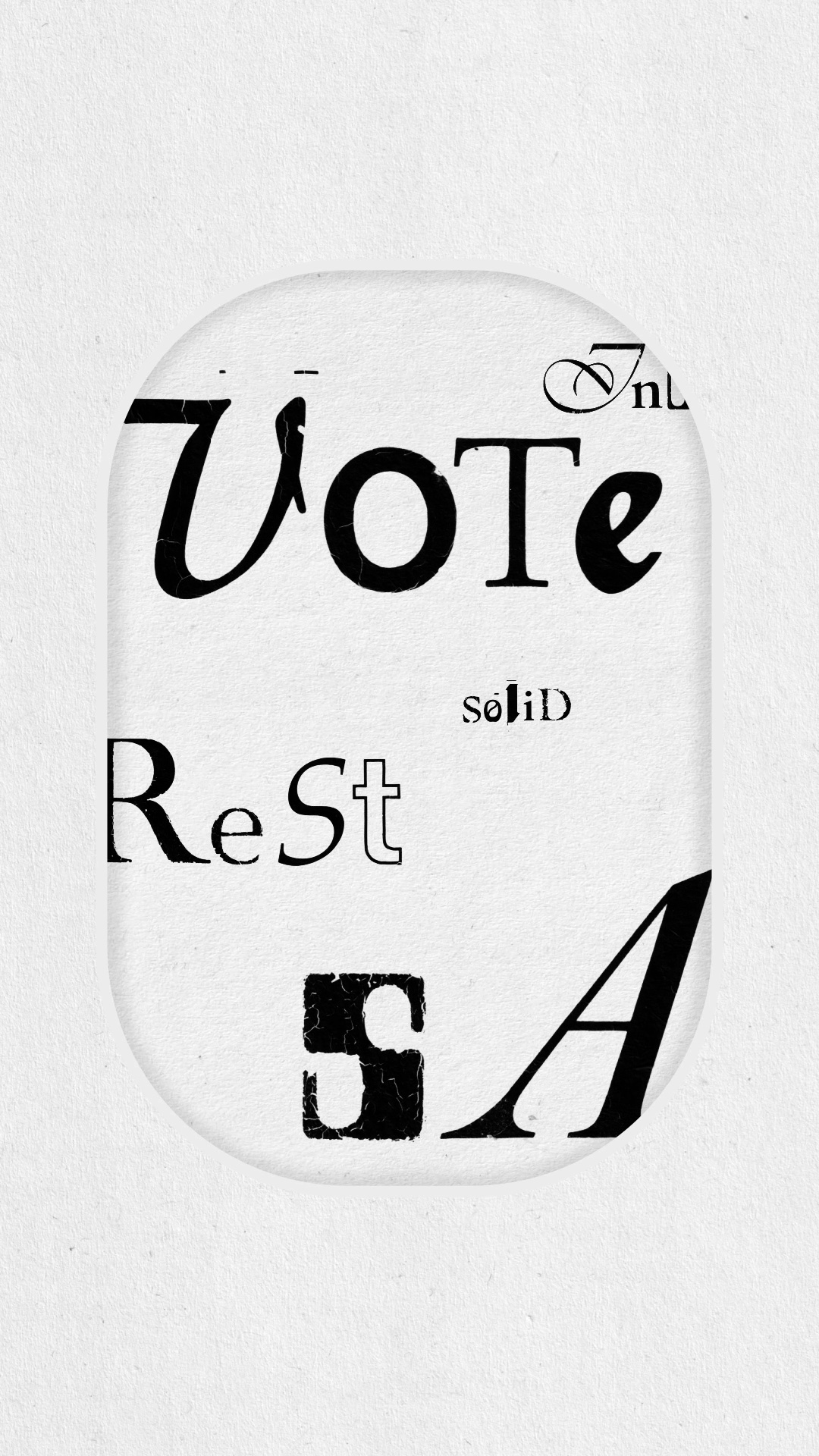
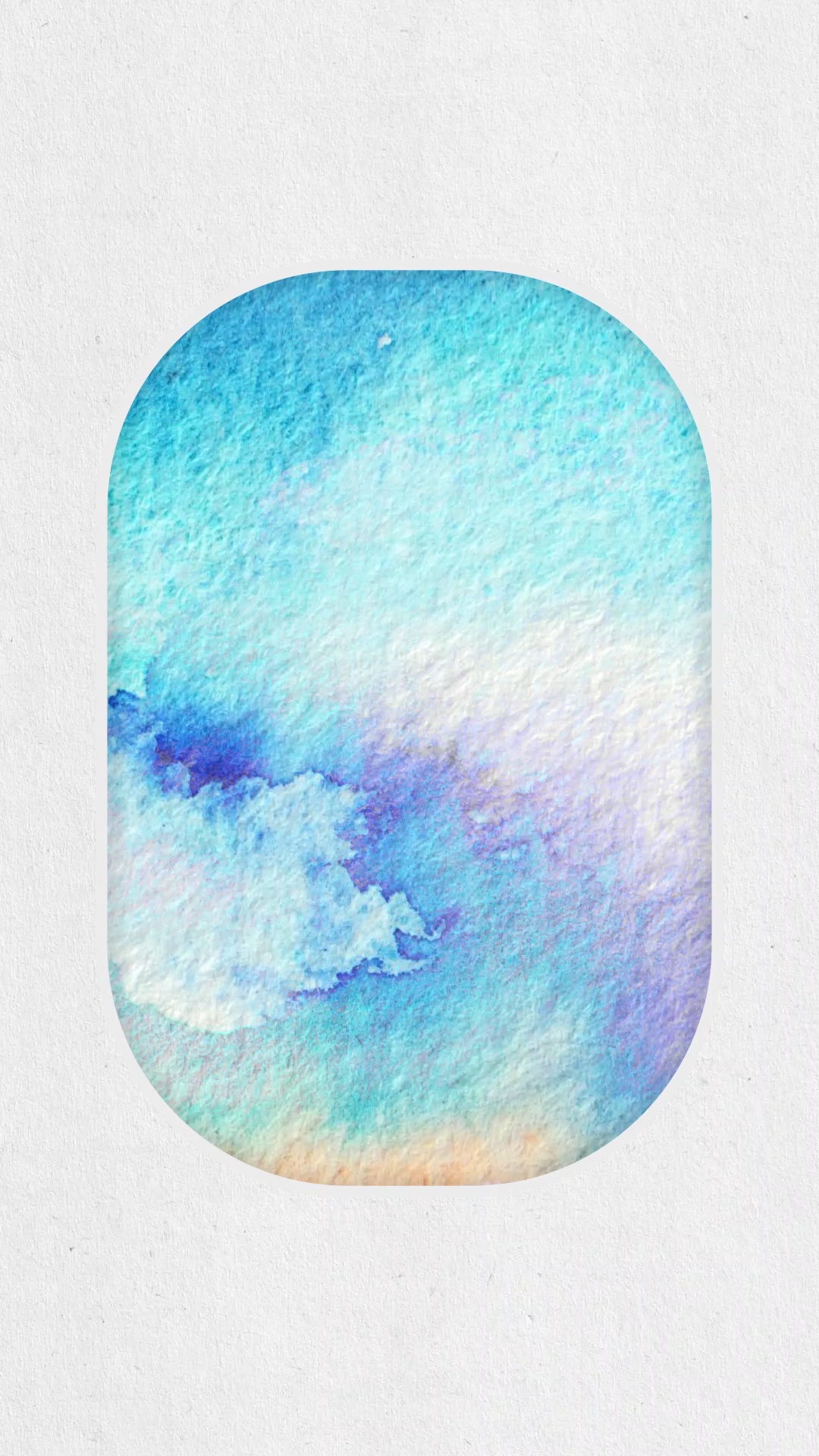
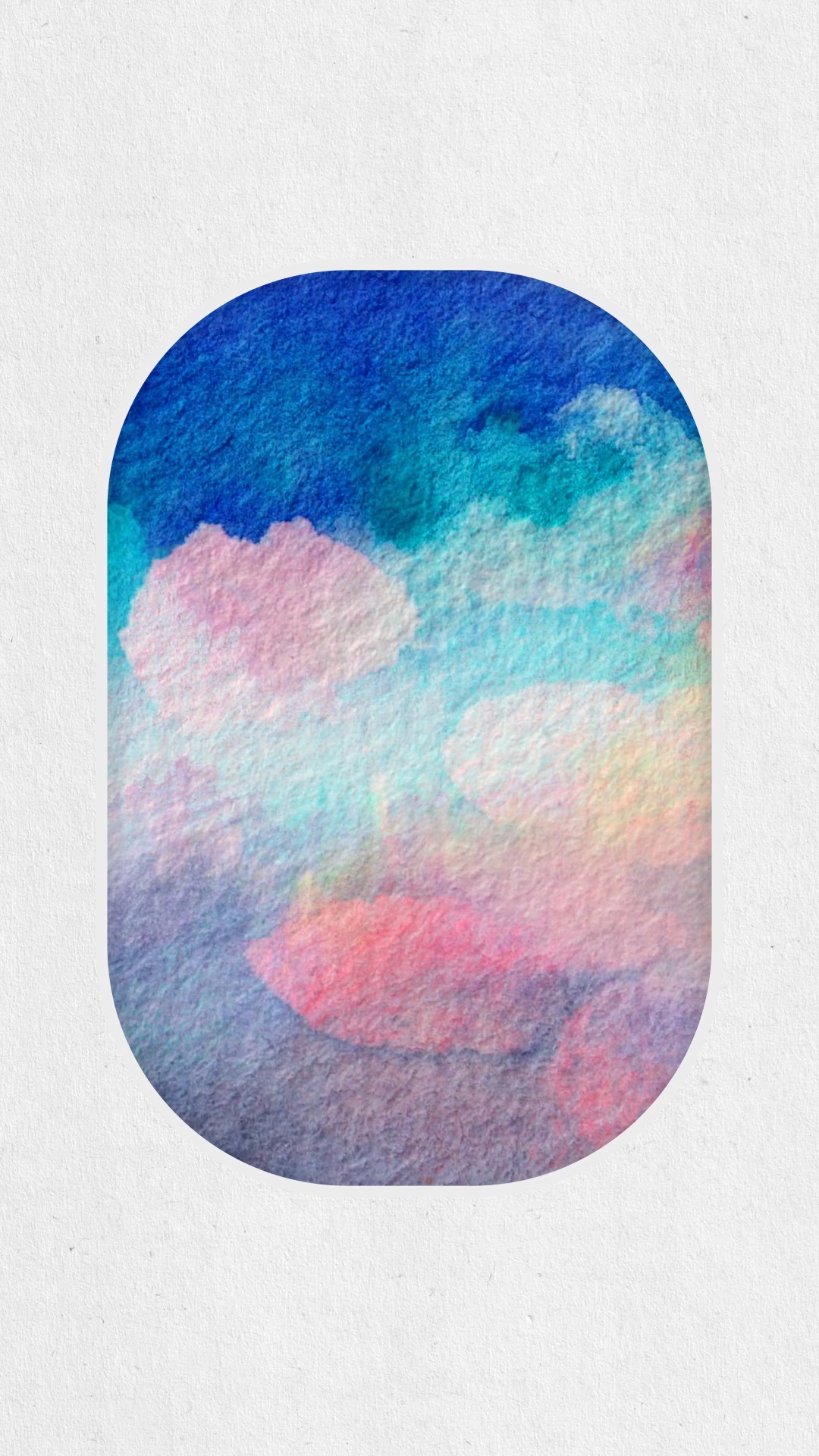



Molly Haig
Transfer
How many ways could you finish the phrase “home is where…”? Transfer stems from a compilation of over 80 of my own answers—everyday experiences of belonging and connection that map to an array of incongruous desires, locations, and times.
When I moved to Germany, I expected to feel a more straightforward appreciation for the privilege of occasionally flying “home.” In reality, the 24-hour periods that see both Berlin and Boston set me totally adrift. The airplane is a bridge between lives, but it’s also where I see most clearly the impossibility, no matter what choices I make, of compiling all of my versions of home into one reality. (If I’m lucky enough to get a window seat, I try to lose myself in the clouds instead of dwelling on this.)
This work is constructed with watercolor (part of my current home) and uses words excerpted from my many home-definitions, rendered by hand with aging dry-transfer Letraset sheets. Letraset is no longer produced, and while I was initially hesitant to use this irreplaceable material, the effort fittingly parallels my experience.
Prosopography—
the study of the relationships within a group in a particular place and period; a collective biography.
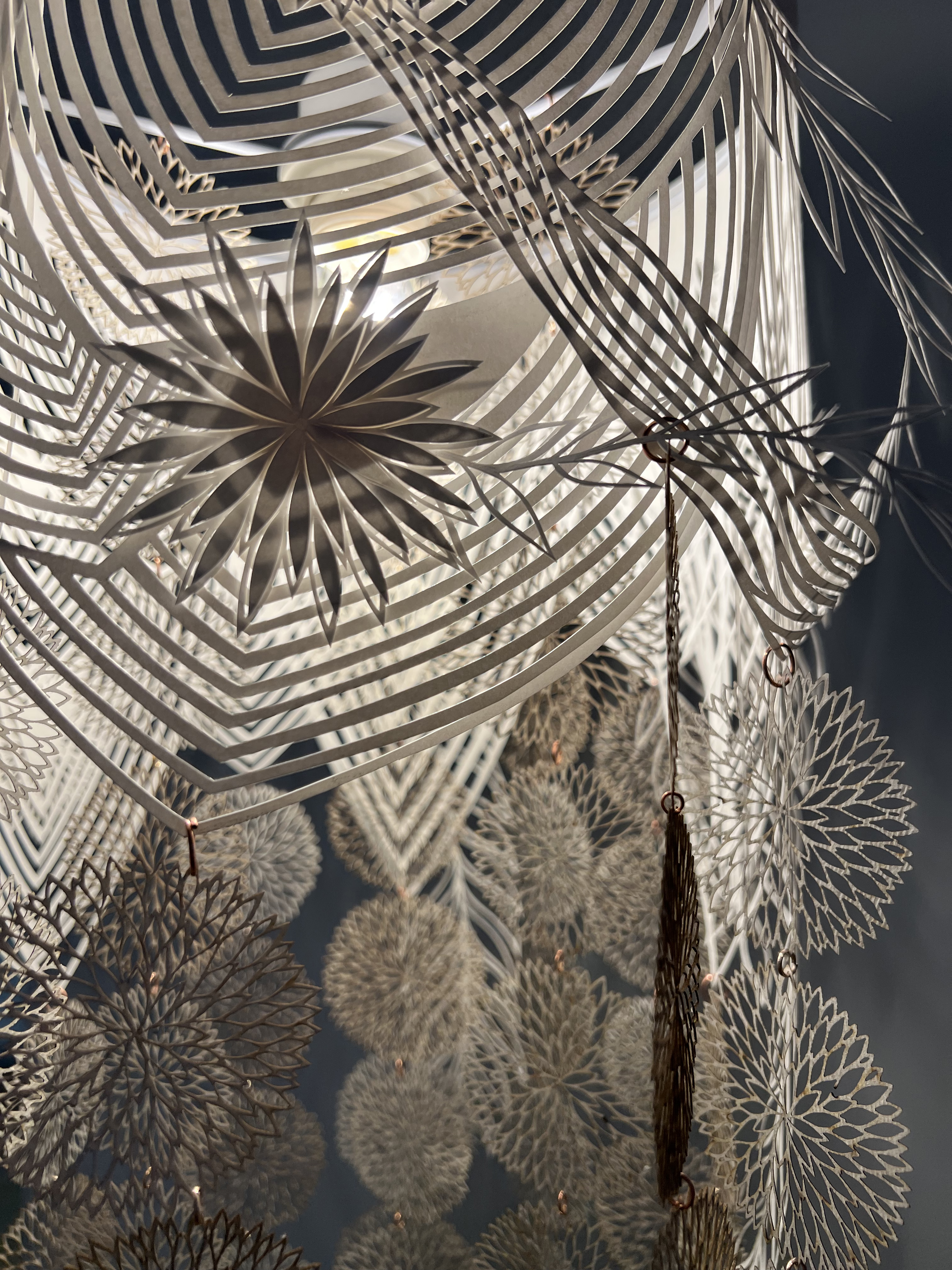
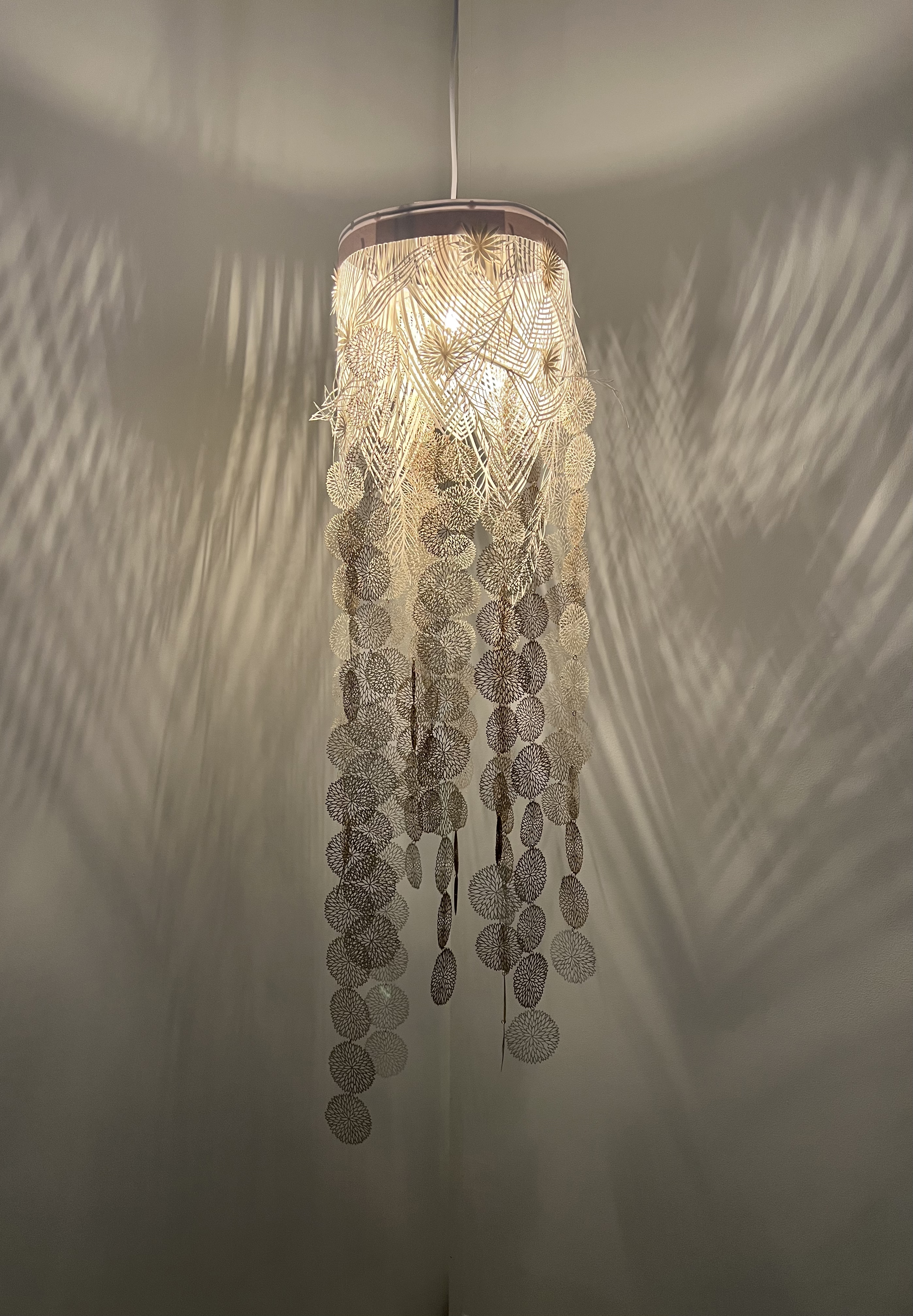
Vaishnavi Kumar
Hi, I’m—
How do different social, historical, geographic and religious contexts influence the way we are given our names? How do the meanings/origins of our names represent who we are? Are they tied together? What happens to identity when two families of vastly different cultures meld together in marriage? How do we continue to honour our histories in a blended family?
“I am” navigates these questions and more, representing names of my immediate family (context: Karnataka, India) and husband’s family (context: New Hampshire, USA). While Ashok/Dwarkanath, Vasantha, Janhavi and Vaishnavi are rooted in Hindu mythology and Sanskrit; William, Lisa, Robert and Amanda are rooted in family history & lineage, European naming origins, and American culture.
Through freehand-cut panels and laser cut marigolds, “I am” lives as a hanging lamp; honouring each family member. Their names and roles (anchors, protectors, companions, partners, nurturers) are symbolized through different motifs. Lamps evoke a feeling of sanctuary, anchored in the memories of my dad building unique table lamps to make our house a home. Marigold garlands cascade down, celebrating our families coming together.
Geography—
the study of the physical features of the earth and its atmosphere, and human activity as it affects and is affected by these.


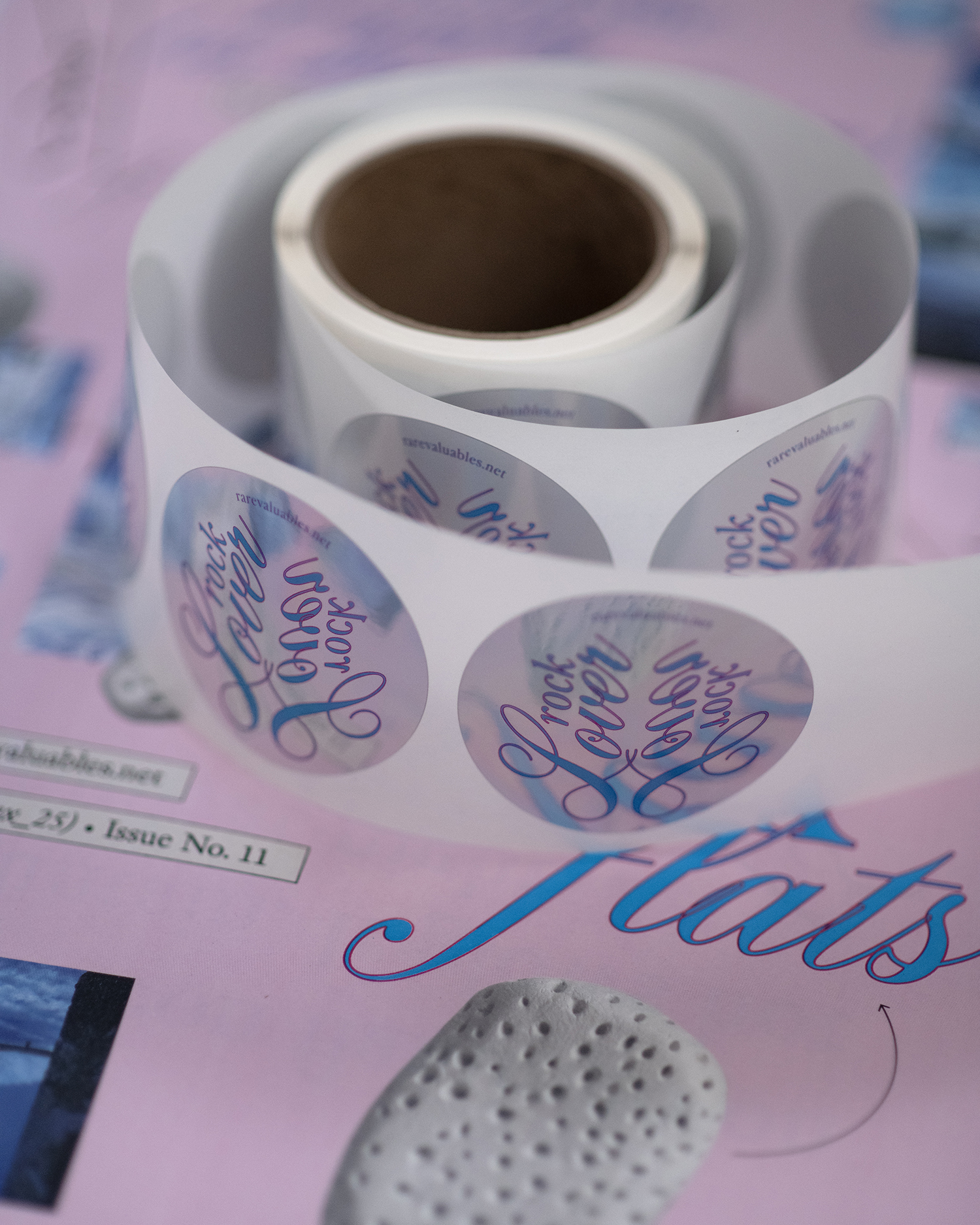

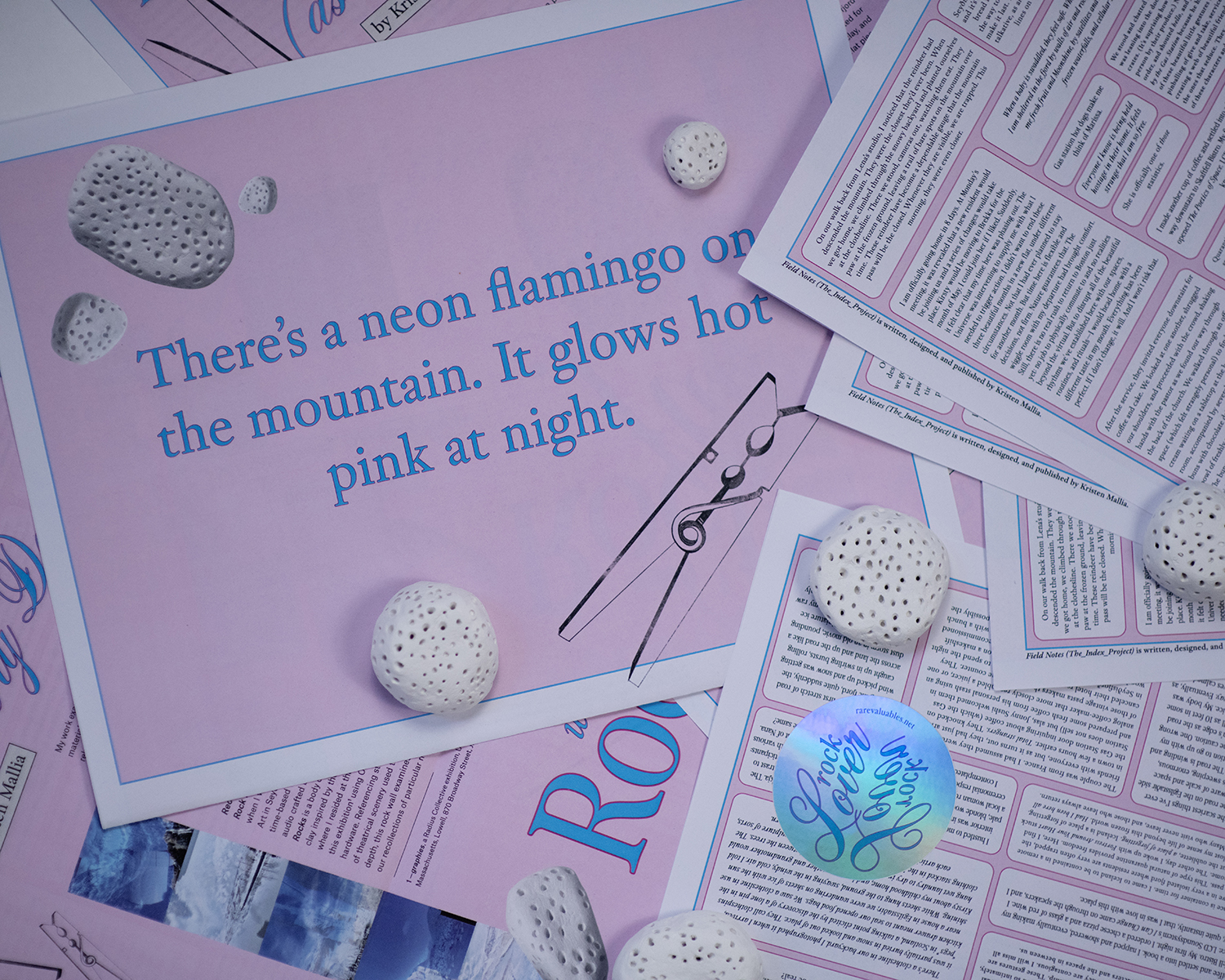
Kristen Mallia
Reconstructed Site: Geography (as Memory Device) with Rock Flats
My work examines ritual, collection, and preservation through material and process-based investigation. I am interested in the relationship between identity and geography, and the placed-based nature of memory. My work considers the evolution and accumulation of behaviors and structures over time with a particular focus on histories in relation to “home” spaces. Site-specific research, rituals, environmental processes, and multimedia techniques inform a range of methodologies for understanding memories, foundations/landscapes, and the trust we place in these ever-shifting structures. Through rigorous documentation, memories and landscapes are iterated, re-presented, and re-contextualized over time.
Reconstructed Site: Geography (as Memory Device) with Rock Flats is a collection of work that began in early 2020 when I was Artist-in-Residence at Skaftfell Center for Visual Art in Seyðisfjörður, Iceland. Memory Device is a collection of time-based memories. The video is accompanied by immersive audio crafted by CK Field from my personal field recordings. Rocks is a body of handcrafted forms constructed with air dry clay, and inspired by the vesicular basalt that surrounded the fjord where I resided at that time. Rock Flats were constructed for this exhibition using Oriented Strand Board, air dry clay, and hardware. Referencing stage flats, which are large flat pieces of theatrical scenery used to create an illusion of context and depth, this rock wall examines the accuracy of memories and our recollections of particular moments in time and place.
